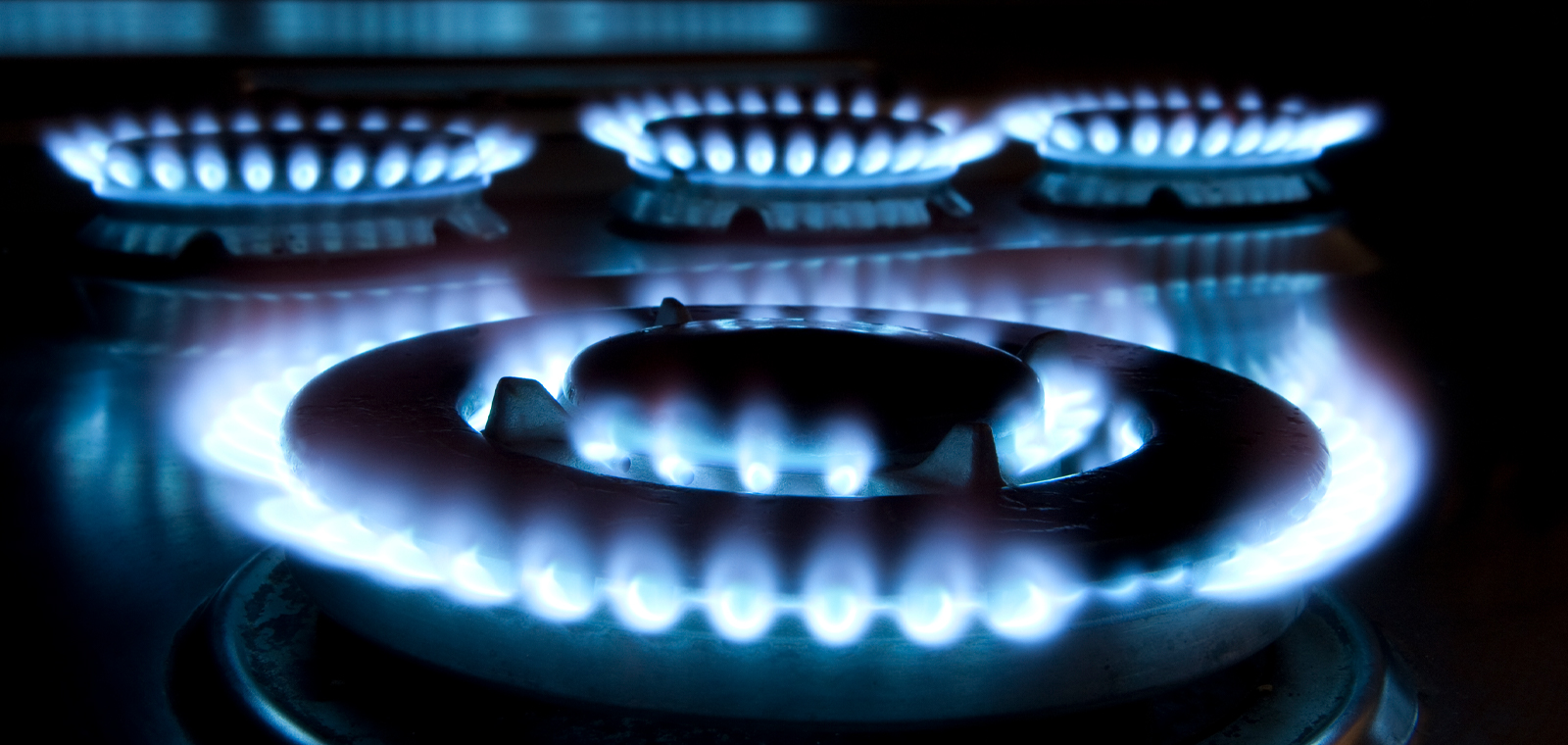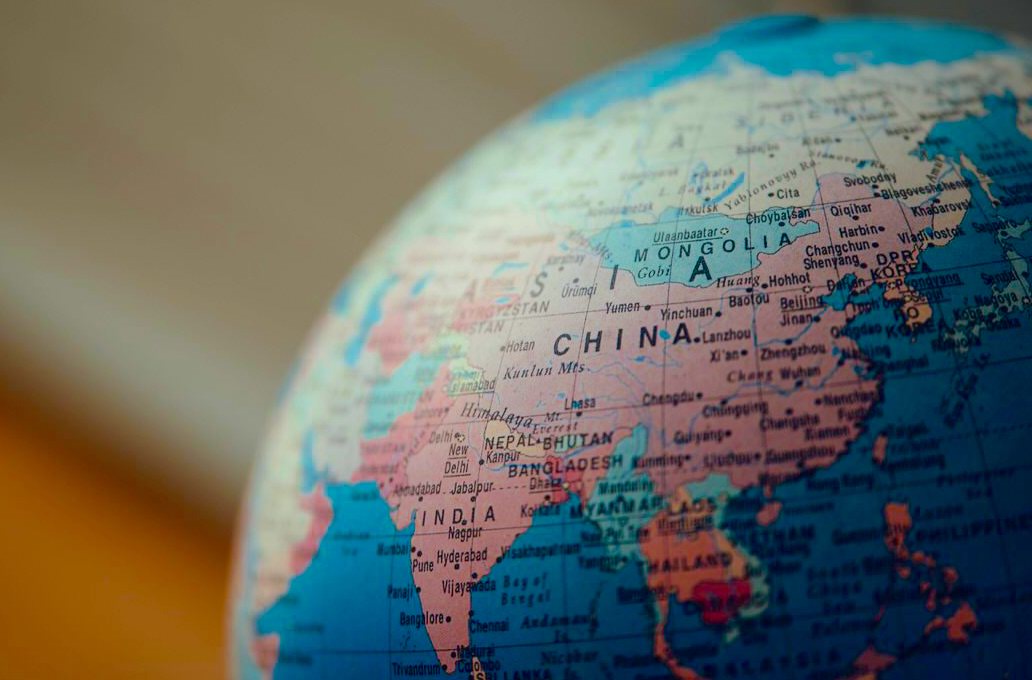by Hubert Marleau, Market Economist, Palos Management
February 14, 2025
The U.S. is not a Democracy: It’s a Republic.
I ended last week’s commentary with this note: “I hear from Wall Street that the flurry of rapid-fire statements and executive orders coming out of left field is becoming very challenging for the market. With everyday a “day of thunder,” Trump is burning through his political capital at an alarming rate, not only with allies but with citizens, risking the long-term effectiveness of his Administration. How long Congress and the courts will permit him to challenge the constitutional system, effectively breaking down the idea of checks and balances, is moot; but this must eventually come to a head, especially if inflation revives. Interestingly, consumer sentiment dropped sharply in the early days of February, from 76.8% to 71.1%, and was widespread, with Republicans, Independents and Democrats alike.
Briefly, Trump’s actions are aggressive, but they are not tantamount to a “coup d’etat.” He did, however, inherit Biden’s inflation problem. If his announced tariffs of 25% on Canada and Mexico and 10% on China, combined with new 25% tariffs on steel and aluminum were enacted, the initial effect on prices would be bad news on inflation. This could become a killer, because the public's patience isn’t infinite. The longer inflation stays stubborn, the more difficult politically it will become to implement his them.
Trump’s approval rating, meanwhile, is scarcely above 50% - a low starting point indeed for a new Presidency. History, too, shows that when inflation is high and rising, US presidents see a drop in their approval ratings.
Inflation in the Pipeline
The January CPI print was way hotter than the Feds had forecast. Not only have US consumer prices risen significantly more than expected as the cost of food and energy surged, but they have been on an upward path over the past 6 months. What’s going on? Specifically, the headline consumer price index hit a 3.0% y/y increase, at a 3-month annualised rate of 4.9%, after showing a boiling increase of 0.5% in January alone. The core was even worse, registering an uncomfortable y/y augment of 3.3%. As a matter of fact, sticky services inflation became even stickier, as supercore CPI rose 0.75% m/m for an annual pace of 9.9%. The January pop in wholesale prices did not help the situation, either, rising 0.4% over the previous month to register a 3.5% y/y increase, beating expectations and registering the highest rate in 2 years. Unfortunately, the price for goods rose 0.8% in January also, and this could accelerate when tariffs start to take effect. Meanwhile, import prices rose 0.3% in January, the biggest rise in 9 months, despite a strong dollar, as a result of which, inflation traders are predicting that next year consumer inflation will run at an annual pace of 4.0%, about the same as the NY Fed and the University of Michigan are forecasting. In this connection, they are convinced that the Fed’s policy rate will hold steady between 4.25% and 4.50% through the summer, giving good odds that there may not even be any rate cut this year. Indeed, there are signs that not only is growth strong, but it might be getting stronger. The New York Fed economic tracker has a GDP growth estimate of 3.0% for Q1, casting doubt that the current Federal Funds Rate (FFR) is restrictive. (I would not fret, however, over the January 0.9% m/m decrease in retail sales, which had a lot to do with paying off credit card debt after huge holiday purchases, LA fires and severe winter weather.)
Given that 5-year US notes are presently yielding 4.48%, this suggests that the policy rate is neutral. Thus further rate cuts are not warranted, pushing the monetary authorities to play the long game, even though Trump tweeted that the Fed should have actually decreased interest rates. The Administration may want to jawbone the Fed into lowering its short-term target rate, but with little benefit, because long-term borrowing costs - a major determinant of economic planning - are set in the global bond market.
An embedded inflationary mindset seems to be taking hold, therefore, as progress has been stalled and concern over tariffs has mounted, which, if combined, could potentially lead to general frustration. Indeed , the University of Michigan’s latest gauge of consumer sentiment has just slumped to a 7-month low.
So what should investors expect when executive statements on the economy are false and the mix of official economic policies are irrational? These pronouncements can only make economic uncertainties more uncertain than they usually are. They aren’t great for pricing, capital and hiring plans alike. In truth, lower interest rates and higher tariffs do not jive, contrary toTrump’s stubborn dictum. In fact, according to the editorial board of the WSJ, it appears that the President does not understand the impact of the supply and cost of money on inflation. Yes, there is no theoretical value or empirical evidence that these 2 variances (lower rates and higher tariffs) can coexist properly; and financial markets know they don’t go hand in hand. Instead, what would jive with the two would likely be, ceteris paribus, lower output and higher prices. In that regard, all this talk about more and more tariffs and less and less interest cost only raises the prospect of a stagflation-lite environment: a combination of stagnation and inflation.
On Wednesday, bond yields reacted severely. 10-year Treasury yields rose 11 bps to 4.65%, a level that could eventually choke the stock market rally, especially if the recent run-up in inflation ends up in screwing the idea that the U.S. is exceptional, thereby causing a reversal of fortune and turning America first into America alone. This would be a dream come true for the real enemies of America. Indeed, the big winners of a US-Allies rift would be China and Russia.
Assuming that Trump is serious about reshaping global supply chains, then, the only hope for disinflation is lower oil prices, which are virtually unpredictable, given their volatility. Otherwise, the Trump political project will be in jeopardy from the outset.
The Stock Market Dodges Bullets
The stock market has not flinched in the face of such outrage because it has kept firmly focused on business profitability. In fact, corporate earnings growth has kept on humming, only a few specific parts of the economy - like the auto and construction industries - being hit by higher interest rates. With 70% of the S&P 500 quarterly reports now in, Q4 earnings growth is estimated to have risen 15.1% y/y, up from an estimate of 9.6% at the start of January. This is on track to be the highest since the end of 2021, because personal expenditure on goods and services, plus capital spending on AI infrastructure sectors remain strong. On Friday the S&P 500 closed at 6112, marking a weekly gain of 1.5%.
However, if Trump’s policies on taxes, deportations and tariffs were pursued to their fullest, the inflationary impulse would be inescapable. I can already smell the rat. In this regard, a bearish equity trade would likely occur if an overcast of fragility events burst. Investors should therefore take note that even if inflation refuses to die, the best hedge over time is dividend-paying stocks: from Q1/1989 to Q4/2024, dividends rose 648%, almost 500% more than the CPI. This tells me that dips caused by algorithm-run quant traders should be bought by those seeking returns.
New Gold Dream
Although many opine that Trump is more interested in securing political victories and public attention, one should not be without some protection. This is why Palos, for example, has upped its exposure in gold to 7% when rising odds of a Trump win looked unstoppable. Gold, whether physical or digital, offers insurance against a possible dawn of a new world monetary order based on commodities, triggered by the uncertainties of cost and chaos that global tariffs could bring. (Think of the Scramble for Africa and the desire for natural resources) It follows that gold has made gaudy gains without the help of either lower interest rates or the exchange value of the dollar.
P.S. My Reiterated Recommendations to Make Canada Efficient Again are:
- Decrease corporate taxes.
- Increase depreciation allowances.
- Eliminate business taxes.
- Reduce regulations.
- Build a pipeline east.
- Incentivise science, engineering, mathematics and technology.
- Attract immigrants.
- Grant welfare benefits to those who do community services.
- Eliminate interprovincial capital, trade and labour barriers.
- Scrap the Carbon Tax
- Decrease tax on oil and gas.
- Reduce government spending.
- Stop protecting losers.
- Increase trade deals and missions.
- Abolish the digital service tax
Copyright © Palos Management














